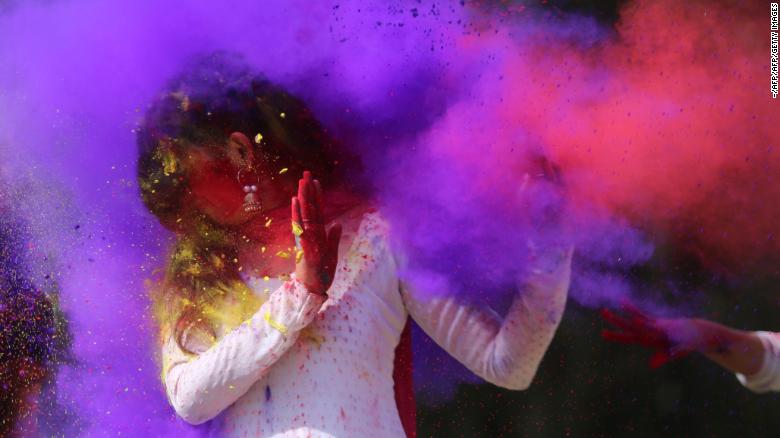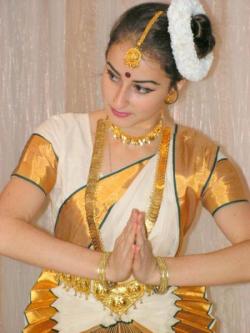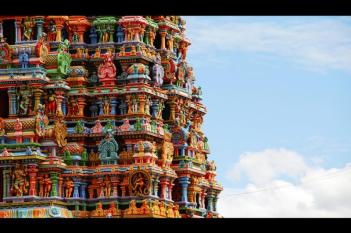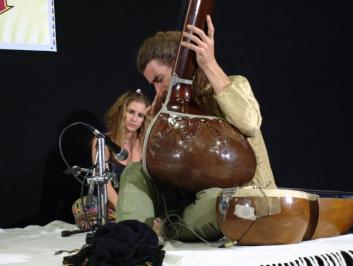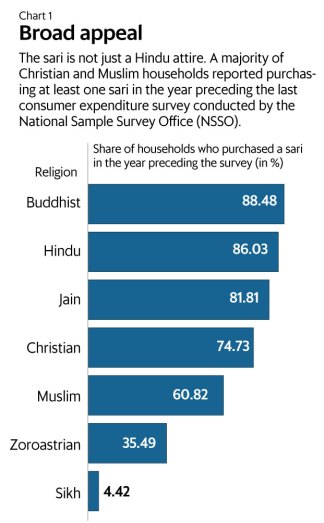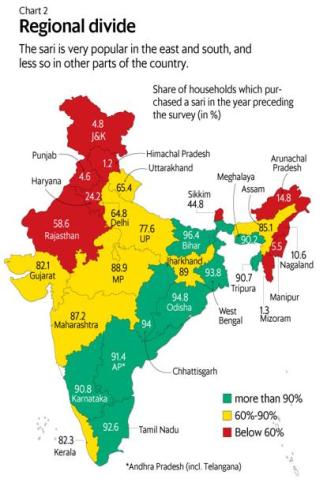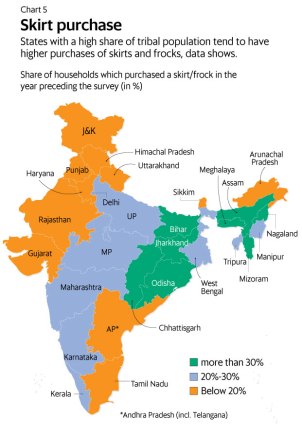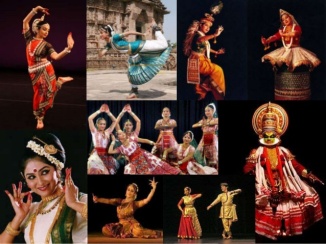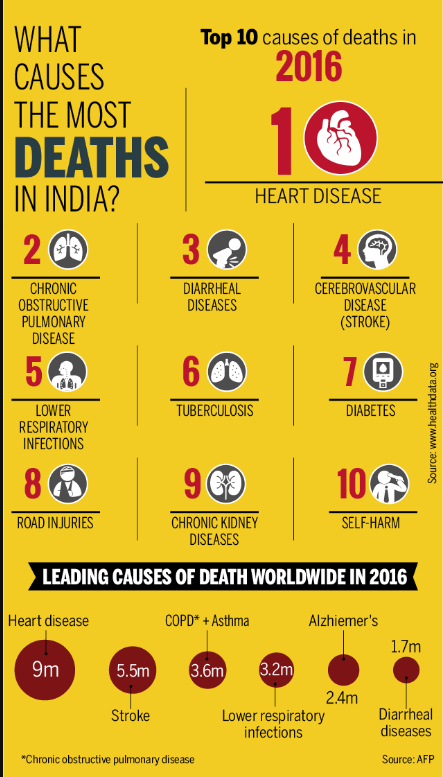This Independence day, it is imperative that you declare freedom from ill habits and all that comes with it. As 2018 is observing the 72nd Independence day of India, you must gain independence from the following unhealthy habits from right now:
-
- Taking unnecessary stress
- Not venting out stress the right way
- Taking mental health lightly
- Smoking
- Uncontrolled drinking
- Not sleeping enough
- Watching TV or phone before bedtime
- Staying inactive
- Not drinking a minimum of 8 glasses of water
- Eating in bed
- Not having 3 fruits and 4 vegetables every day
- Skipping breakfast
- Not having enough proteins
- Having fried snacks
- Not adding salad to a meal
- Taking elevator instead of stairs
- Having aerated drinks
- Not changing your bed linen often
- Not brushing your teeth before bedtime
- Not washing your hands before eating
- Cooking in too much oil
- Avoiding ghee
- Being a couch potato
- Eating all the time
- Touching your face constantly
- Popping too many pills
- Not removing make up before bedtime
- Eating too fast/Not chewing enough
- Carrying heavy bags
- Using too many chemicals
- Not working out
- Sitting too close to the TV
- Having toxic people around
- Indulging in politics
- Eating too many sweets
- Having late dinner
- Eating carb-loaded dinner
- Tying your hair too tight
- Ignoring personal hygiene
- Not changing your toothbrush often
- Ignoring flossing your teeth
- Wearing extremely tight clothes
- Sitting in incorrect posture
- Ignoring daily eye exercises
- Sitting cross-legged for extended period
- Biting nails
- Wearing unwashed clothes
- Sitting for too long
- Eating packaged food
- Not keeping your nails clean
- Eating out too often
- Not changing your underwear daily
- Sleeping with lights on
- Rash driving
- Keeping your surroundings unclean
- Leaving the toilet unclean
- Ignoring personal hygiene
- Going to bed with unclean feet
- Not bathing your pets often
- Adding too much salt to diet
- Sitting in AC for too long or enclosed spaces
- Drinking tea right after your meal
- Drinking tea on an empty stomach
- Sleeping right after a meal
- Washing your hair daily
- Not visiting a dentist regularly
- Not replacing your bath loofah
- Ignoring regular health check-ups
- Not taking out time for yourself
- Not meditating
- Using too many chemicals on hair
- Eating and storing food in plastic




